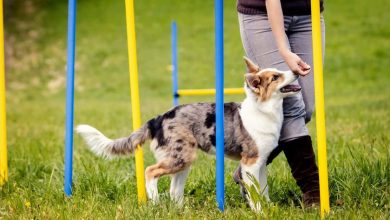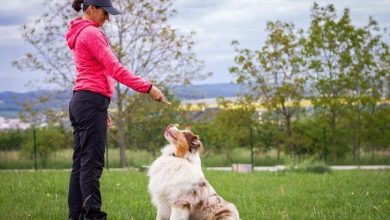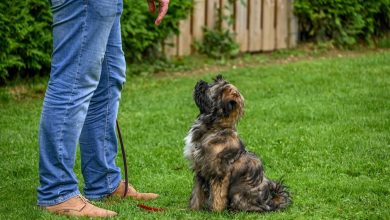How to Crate Train Your Dog for Easy Travel

Traveling with your furry friend can be a delightful experience, but ensuring a smooth journey often starts with proper preparation. One of the most effective ways to make travel easy and stress-free for both you and your dog is through crate training. Whether you’re planning a road trip or a flight, a well-trained dog in a comfortable crate can transform your travel experience. In this guide, we’ll walk you through the essentials of crate training, offering step-by-step instructions and helpful tips to ensure your canine companion feels safe and secure. With a friendly approach, we’ll help you understand the benefits of crate training, how to choose the right crate, and the best practices to follow, so your next adventure with your dog is nothing short of enjoyable.
Choosing the Right Crate for Your Furry Friend
When it comes to ensuring a smooth and comfortable travel experience for your dog, selecting the appropriate crate is crucial. The perfect crate should be more than just a secure enclosure; it should be a cozy haven where your furry friend feels safe and relaxed. Here are some key considerations to help you make the best choice:
- Size Matters: Choose a crate that is large enough for your dog to stand, turn around, and lie down comfortably. A cramped space can cause anxiety, while too much room might make them feel insecure.
- Material and Durability: Depending on your dog’s size and temperament, you may prefer a sturdy plastic crate for air travel, a collapsible metal one for car trips, or a soft-sided option for lighter portability.
- Ventilation: Ensure the crate has adequate ventilation. This not only provides comfort but also helps to keep your pet calm during the journey.
- Safety Features: Look for crates with secure latches and reinforced seams to prevent accidental escapes and ensure your pet’s safety.
By considering these factors, you can select a crate that meets your dog’s needs, making travel an enjoyable experience for both of you. Remember, the right crate is a vital part of successful crate training and can significantly enhance your pet’s travel comfort.

Creating a Cozy and Inviting Space Inside the Crate
Transforming your dog’s crate into a warm haven is key to successful crate training. Start by selecting a soft, comfortable bed or cushion that fits snugly inside the crate. Choose materials that are easy to clean and durable, as they will withstand the occasional mishap. Layer in a cozy blanket or a piece of your clothing, infused with your scent, to offer additional comfort and reassurance. Personal touches like these create a sense of safety and familiarity, which is essential when introducing your dog to their new space.
To further enhance the inviting atmosphere, consider the following elements:
- Toys and Chews: Place a few of your dog’s favorite toys or chew items inside to encourage them to explore and spend time in the crate.
- Ambient Lighting: Position the crate in a well-lit area during the day, but consider using a soft, warm nightlight to maintain a soothing environment at night.
- Calming Scents: Use a dog-safe essential oil diffuser nearby with calming scents like lavender or chamomile to help ease anxiety.
By thoughtfully arranging these elements, you’ll create a cozy retreat that your dog will associate with relaxation and security, making travel and crate time a breeze.
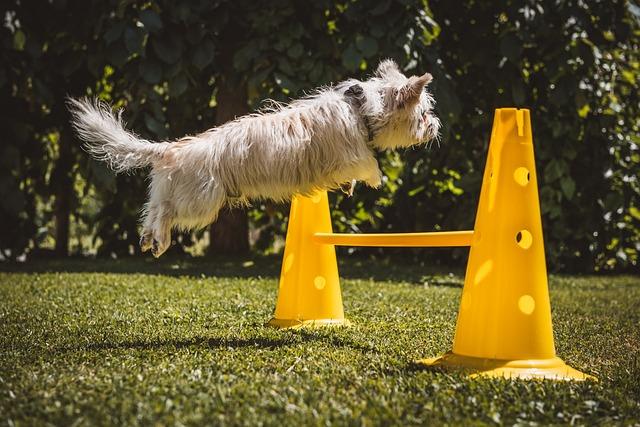
Introducing Your Dog to the Crate with Patience and Positivity
To ensure a smooth introduction to the crate, it’s crucial to approach the process with patience and positivity. Begin by making the crate an inviting space. You can place a soft blanket or a favorite toy inside to create a comforting environment. Gradually encourage your dog to explore the crate on their own terms. Remember, forcing them in or closing the door too soon can create negative associations.
- Use treats to create a positive connection with the crate. Toss a treat inside and let your dog retrieve it. Repeat this a few times until they enter willingly.
- Once they’re comfortable entering the crate, try feeding their meals inside to further strengthen positive associations.
- Practice short periods of crate time while you’re at home, gradually increasing the duration as your dog becomes more comfortable.
During this process, keep your demeanor upbeat and reassuring. Celebrate small successes with praise and affection, reinforcing that the crate is a safe and happy place. By fostering a positive experience, your dog will soon view the crate as a personal haven, making travel a breeze for both of you!
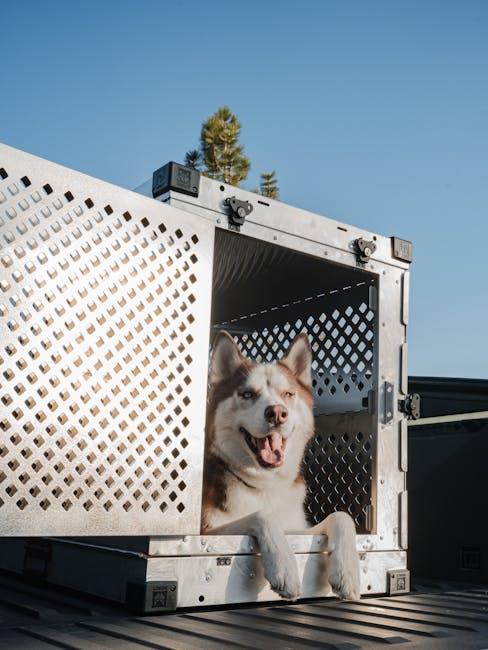
Building a Routine for Stress-Free Travel
Embarking on a journey with your furry friend can be a delightful experience when you establish a consistent routine for crate training. A structured approach not only eases the anxiety of your pet but also ensures a seamless travel experience for you. Start by introducing the crate as a positive space. Place comfortable bedding inside, along with a few favorite toys and treats. Gradually increase the time your dog spends in the crate, ensuring it’s always associated with positive experiences.
- Establish a pre-travel routine: Before hitting the road, engage your dog in light exercise to help expend excess energy.
- Consistent feeding schedule: Maintain regular feeding times and avoid feeding your dog right before travel to prevent motion sickness.
- Practice short trips: Begin with brief car rides to familiarize your pet with the motion and sounds of travel.
- Reward good behavior: Offer treats or praise when your dog calmly enters the crate or behaves well during travel.
By incorporating these steps, you create a predictable environment that your dog will associate with safety and comfort, turning travel into a stress-free adventure for both of you.

